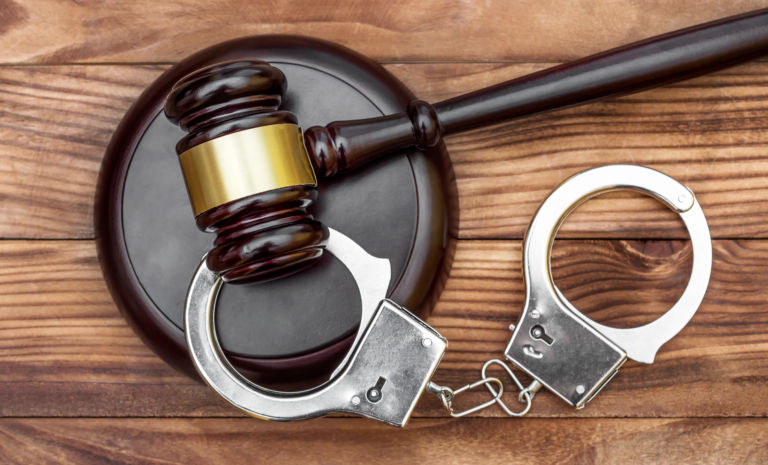Donald Kilmer writes for the Washington Examiner about concerns surrounding red-flag gun laws.
They’re all meant to disarm dangerous people — but they’re all fundamentally flawed.
None of these red flag laws would have prevented recent mass shootings. And in my 23 years practicing law in the heart of Silicon Valley, I have litigated dozens of these cases. I’ve seen firsthand the practical enforcement problems that emerge in real-life cases.
These kinds of court orders are usually obtained from a judge ex parte. That’s fancy Latin for: The judge only hears one side of the story, it is not your side, and you may not even know about it until after the fact. Then they immediately strip you of fundamental constitutional rights for the duration of the orders. You’ll get your “full due process” hearing, but not until later.
And any violation of these orders is separately punishable as a crime. So even if you are innocent of the underlying conduct that inspired the “red flag” order, if you violate the order pending your hearing, you can still face criminal charges.
The initial temporary orders are usually “self-executing.” That means you might get served with a court order that tells you to take your guns and surrender them to the police or a local dealer within the next 24 to 48 hours.
You are, of course, expected to comply. But since you cannot legally possess guns upon being served with the order, how are you supposed to transport your guns to surrender them? Perhaps you could just call the police and tell them you were served with a “red flag” order – marking you a “dangerous and volatile” person (even if you’re not) – and ask them to come pick up your guns.


